10 Surprising Truths Every Traveler Should Know About Bangladesh
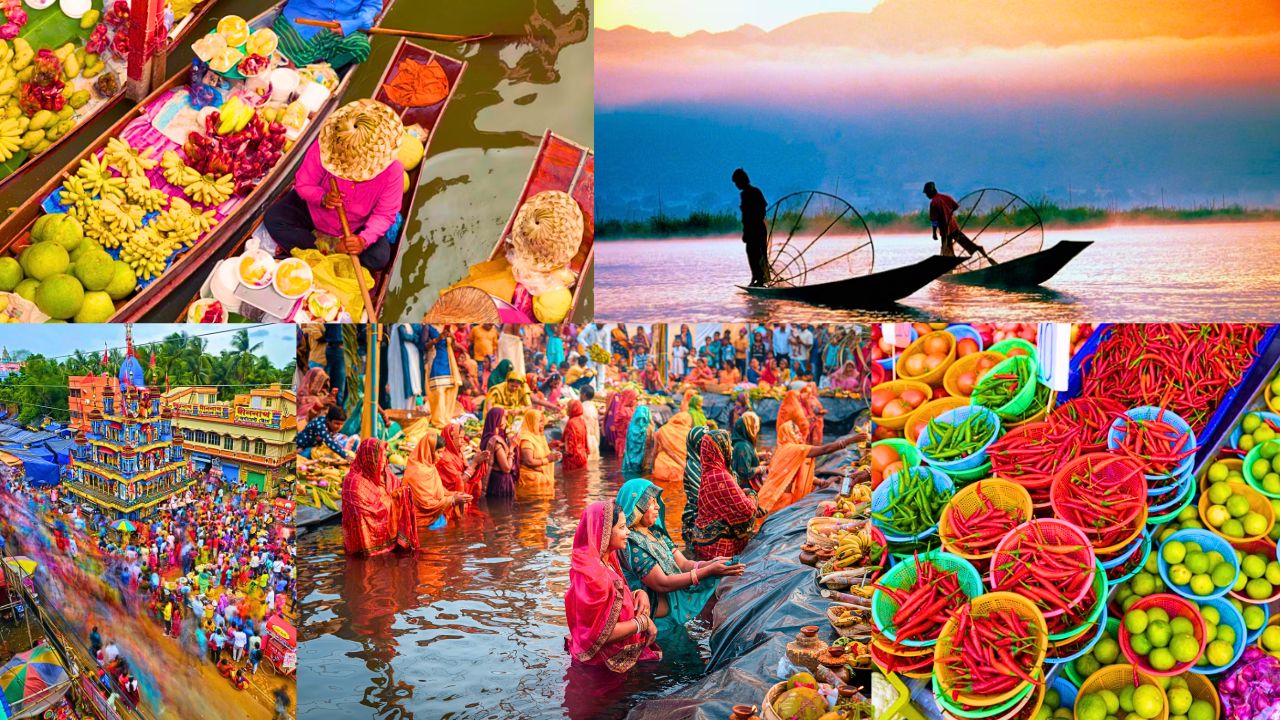
Bangladesh might not be the first place that comes to mind when planning your travels but it should be. This South Asian nation is packed with experiences that defy expectations, lush landscapes, cities, incredible food, and some of the kindest hospitality you’ll ever encounter. Whether you’re drawn to natural beauty, rich culture, or authentic daily life, Bangladesh will surprise and challenge everything you thought you knew. Here are 10 truths that reveal why this underrated country deserves a spot on your list.
1. The World’s Largest Mangrove Forest
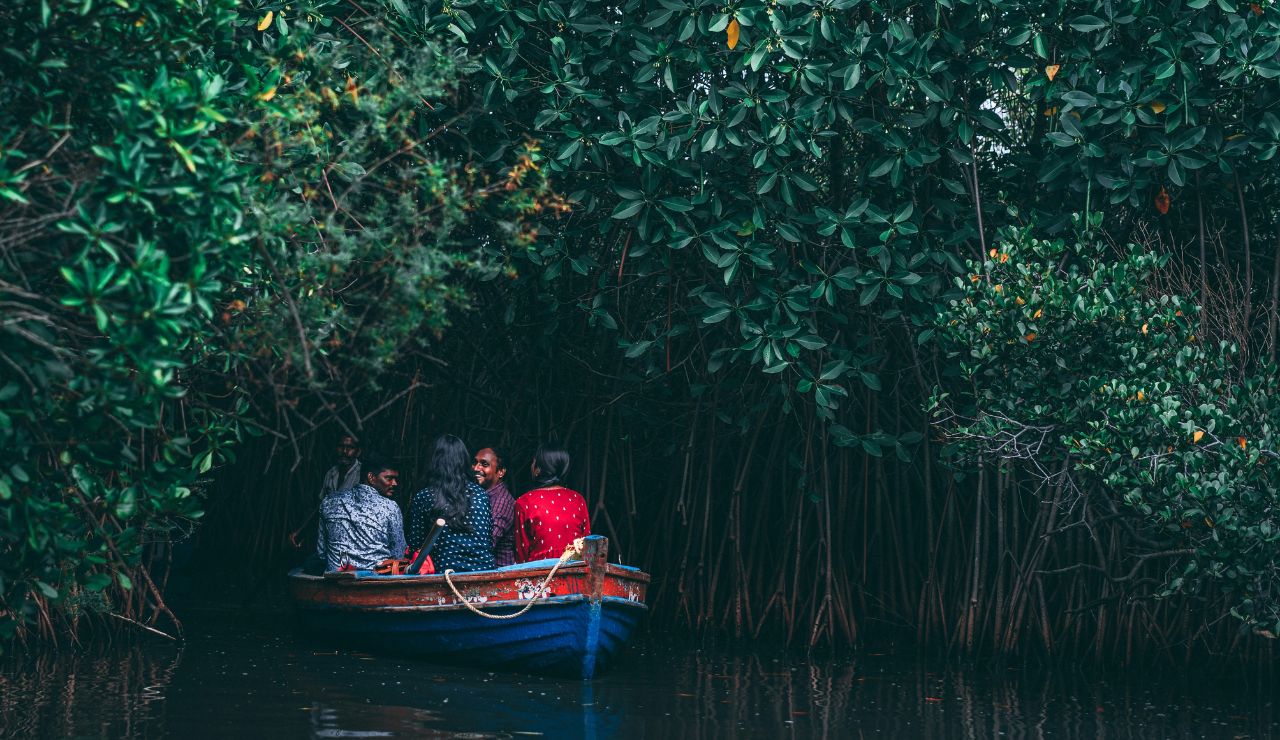
Bangladesh is home to most of the Sundarbans, the world’s largest tidal mangrove forest and a UNESCO World Heritage Site. This massive, mysterious wetland is a haven for saltwater crocodiles, spotted deer, mudskippers, and the elusive Bengal tiger. Glide through winding creeks in a wooden boat, where thick mangrove roots twist above the water and silence is broken only by bird calls. It’s a place of quiet intensity teeming with life yet fragile under the pressure of rising sea levels and erosion. Visiting offers both a rare adventure and a glimpse into one of Earth’s most vital ecosystems.
2. A Deep Love for Tea
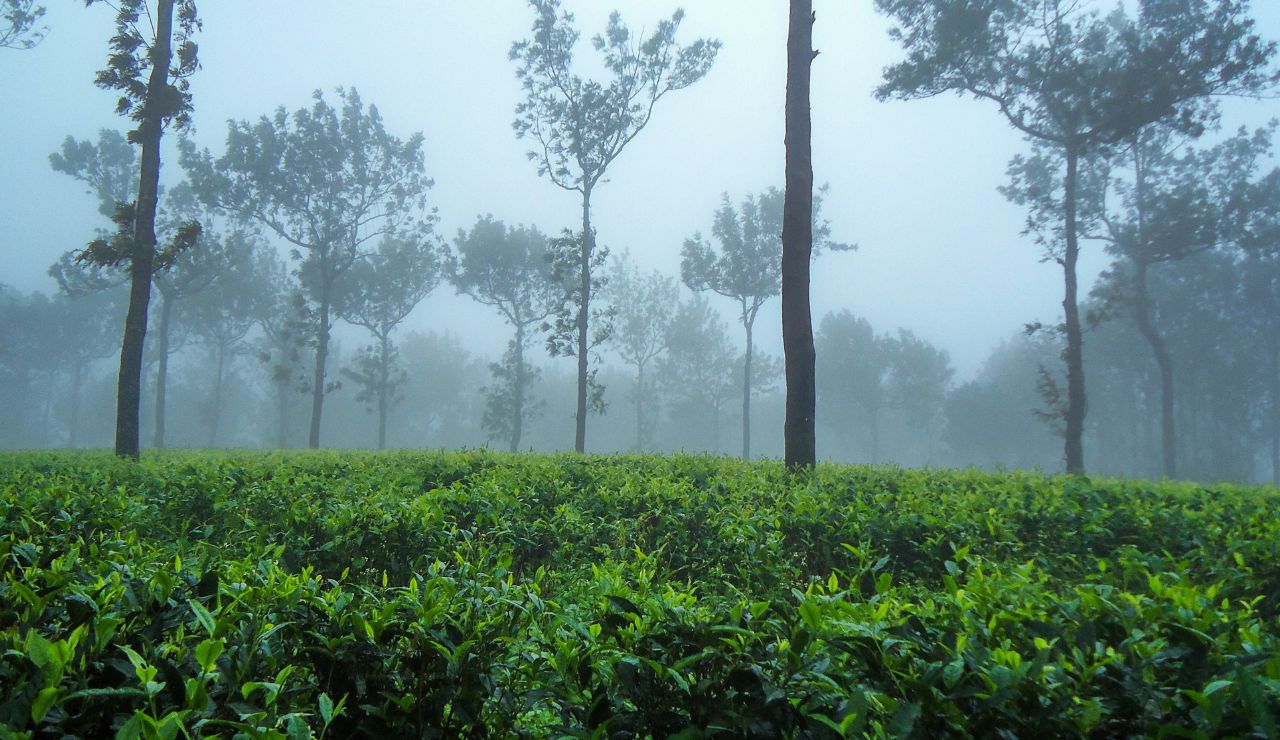
In Bangladesh, tea known locally as ‘chai’ is more than a drink. It’s a daily ritual, a sign of welcome, and a thread that ties together social life across the country. In Sylhet, you’ll find endless green hills lined with tea bushes, but the heart of tea culture beats in roadside stalls and busy markets. Order the famous “seven-layer tea” to see stacked colors and taste layers of flavor in one glass. Whether it’s strong and black, sweet and milky, or flavored with cardamom, tea is a shared experience offered with a smile and often without charge. It’s where conversation begins and community thrives.
3. Dhaka’s Bold, Lively Energy
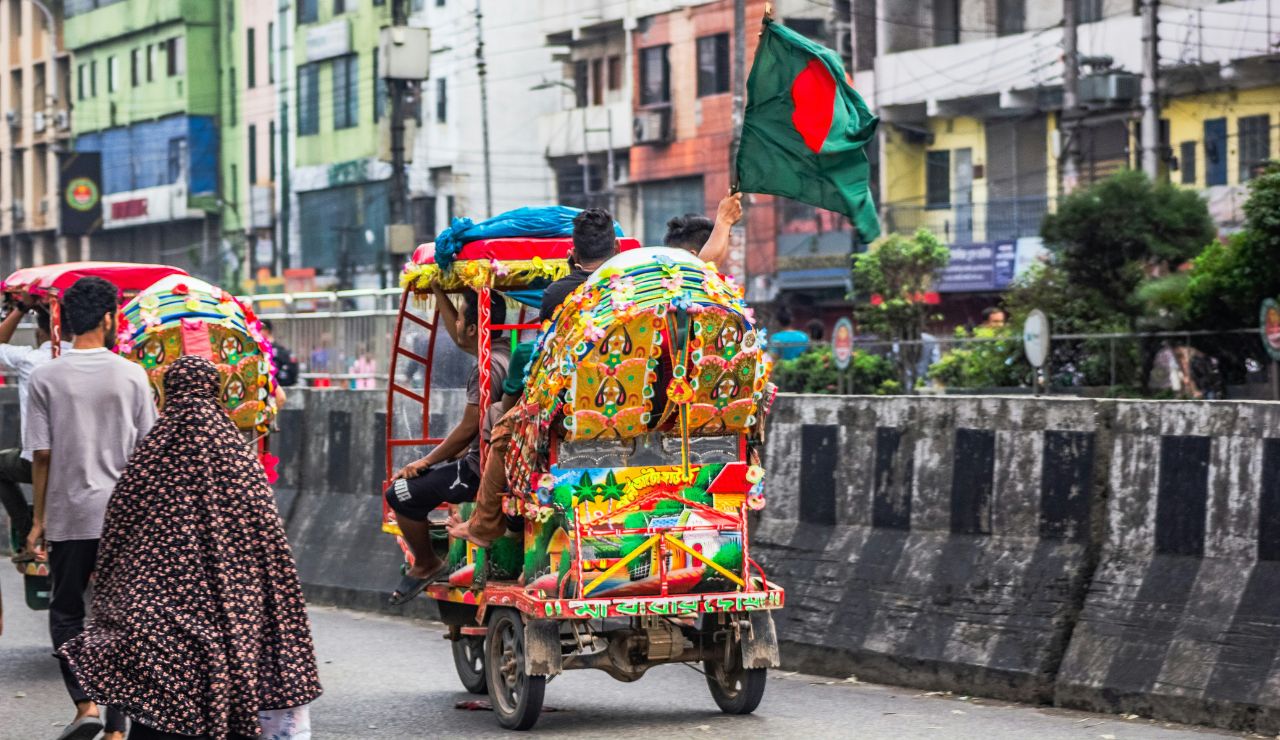
Dhaka is intense crowded, noisy, and fast-moving but there’s magic in the motion. Hop on a cycle rickshaw through Old Dhaka’s narrow lanes, where markets overflow with spices, fabrics, and sweets. Explore centuries-old sites like Lalbagh Fort, or wander into a quiet mosque tucked between alleys. Despite being one of the most densely populated cities in the world, Dhaka pulses with creative energy, from its street art to its growing fashion scene. It’s not always easy, but it’s never dull. For those who embrace the chaos, Dhaka offers a bold, colorful, and unforgettable experience.
4. Food That Goes Beyond Curry
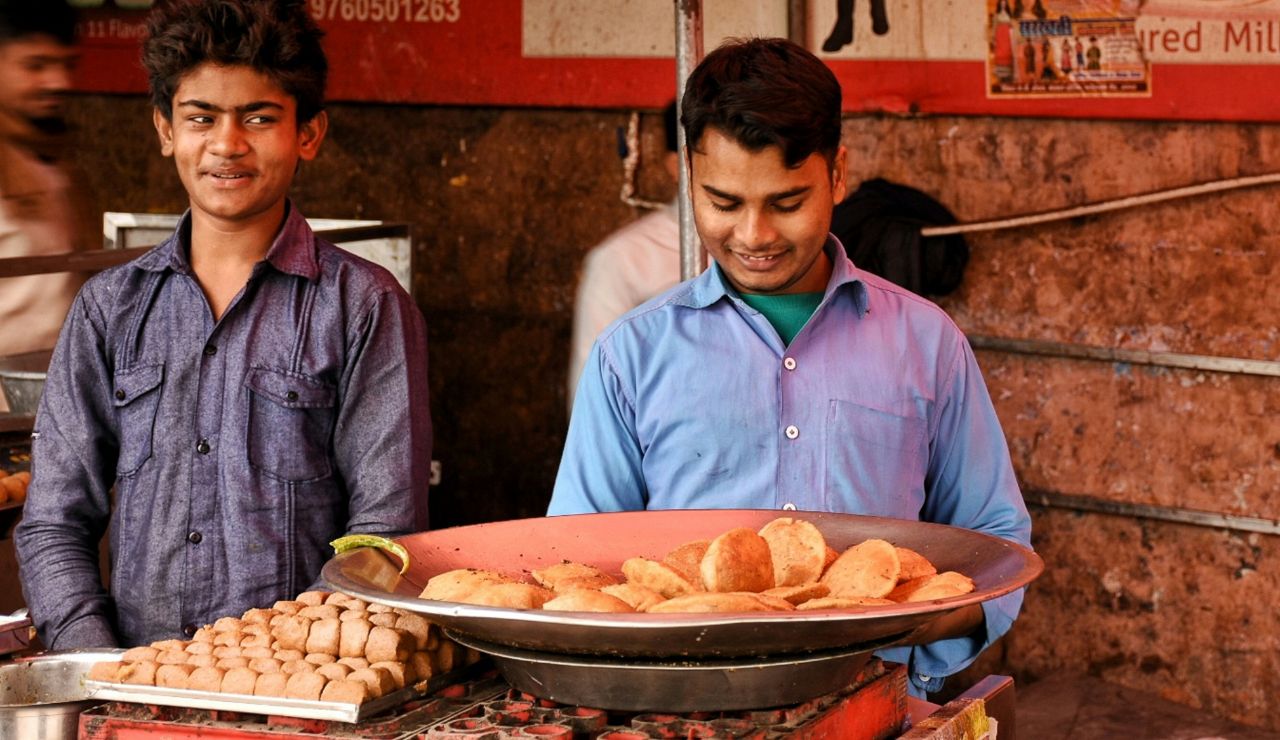
Bangladeshi food is bold, comforting, and far more diverse than outsiders often realize. While rice is the foundation, it’s the rich variety of flavors from mustard oil and tamarind to green chili and garlic that make each dish memorable. Along the southern coast, hilsa fish cooked with mustard is a local favorite. In the cities, street food like fuchka and jhalmuri brings the heat, while home kitchens serve slow-cooked beef, lentils, and spiced vegetables with care. Whether you’re dining at a roadside stall or a family table, each bite tells a story of region, history, and heart.
5. Home to the Longest Sea Beach
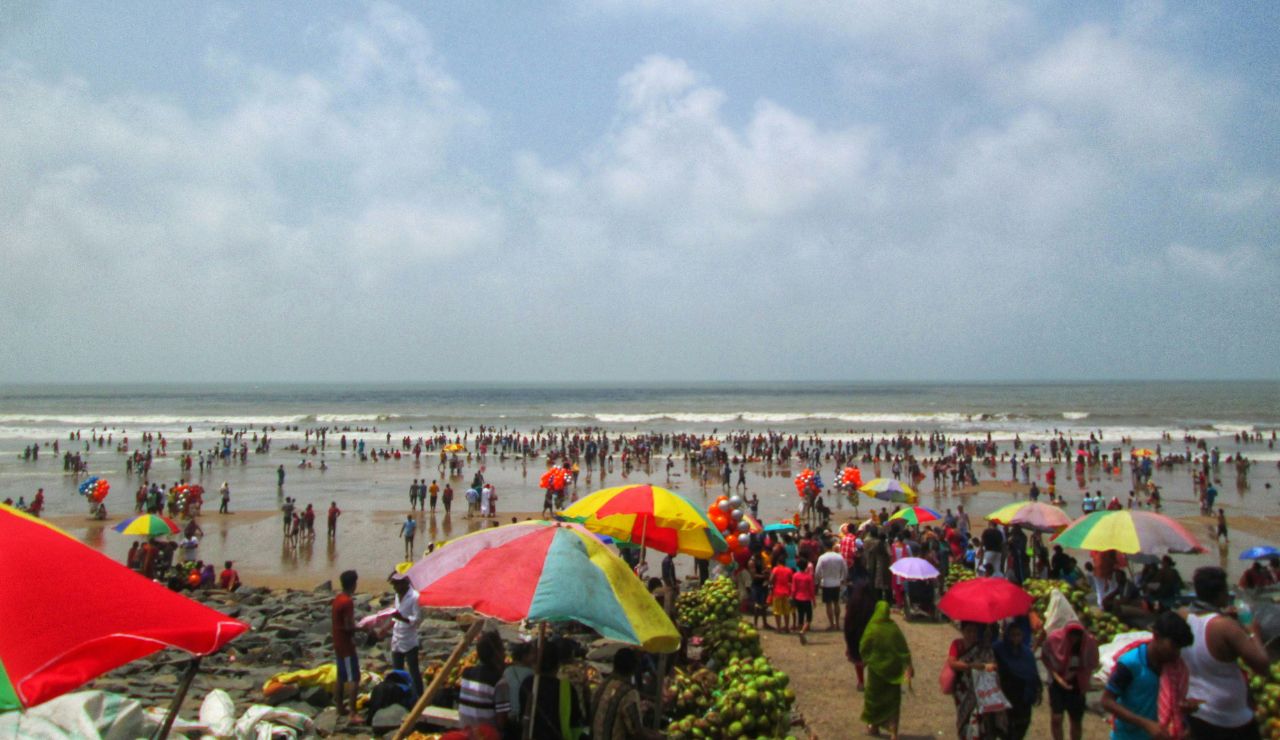
Cox’s Bazar boasts the world’s longest natural sea beach stretching more than 75 miles along the Bay of Bengal. It’s a favorite escape for locals, yet remains largely unknown to international travelers. The wide, golden sands are perfect for evening strolls, horseback rides, or simply watching fishing boats drift across the waves. Street vendors sell fresh coconut and spicy seafood snacks just steps from the shore. For a more tropical vibe, head to nearby Saint Martin’s Island, where coral reefs and turquoise water offer a quieter retreat. This isn’t just a local gem, it’s a beach lover’s dream.
6. Easier to Travel Than You’d Expect
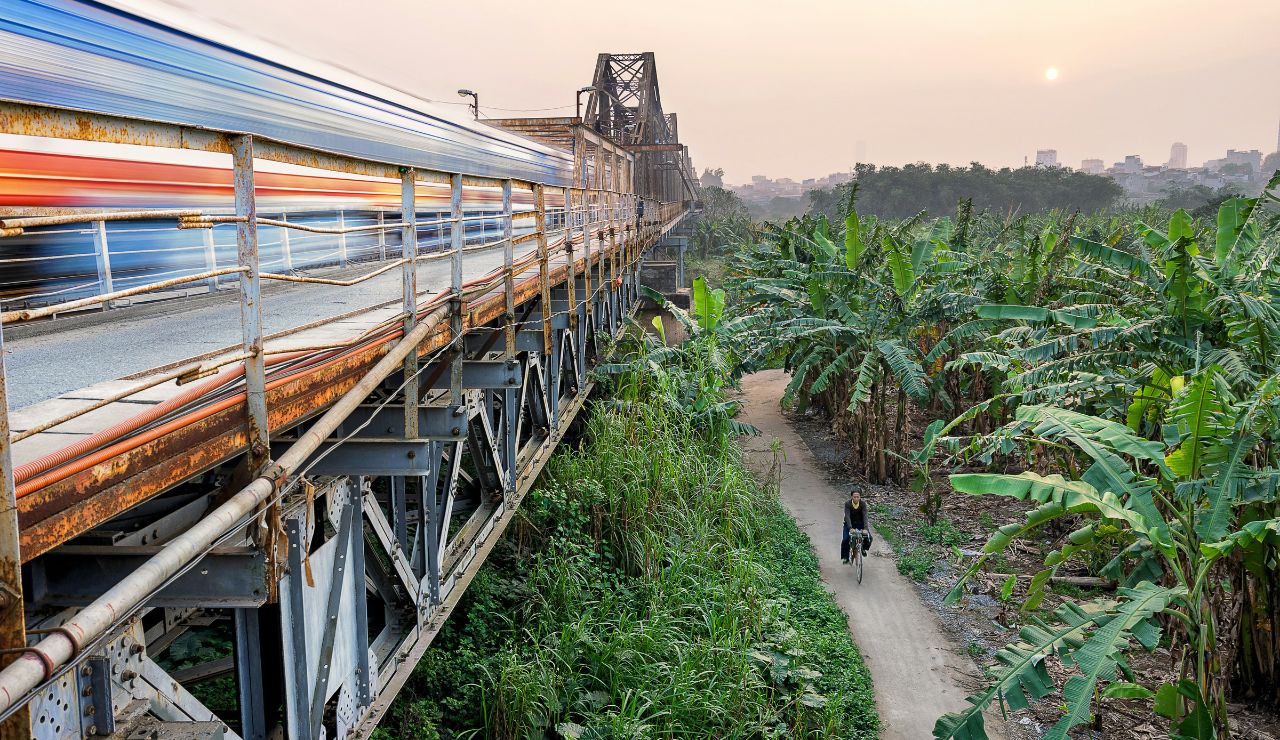
Bangladesh may not shout “easy travel,” but getting around is often simpler than it looks. Trains connect major cities with scenic views of countryside and rice fields, while budget airlines make long distances manageable in under an hour. In cities like Dhaka and Chittagong, ride-hailing apps like Pathao or Uber are affordable and widely used. Ferries and riverboats offer not just transport, but a window into daily life along the waterways. Roads can be hectic, but routes are well-traveled. Whether you’re moving fast or wandering slow, Bangladesh offers more access than you’d expect.
7. A Budget Traveler’s Dream
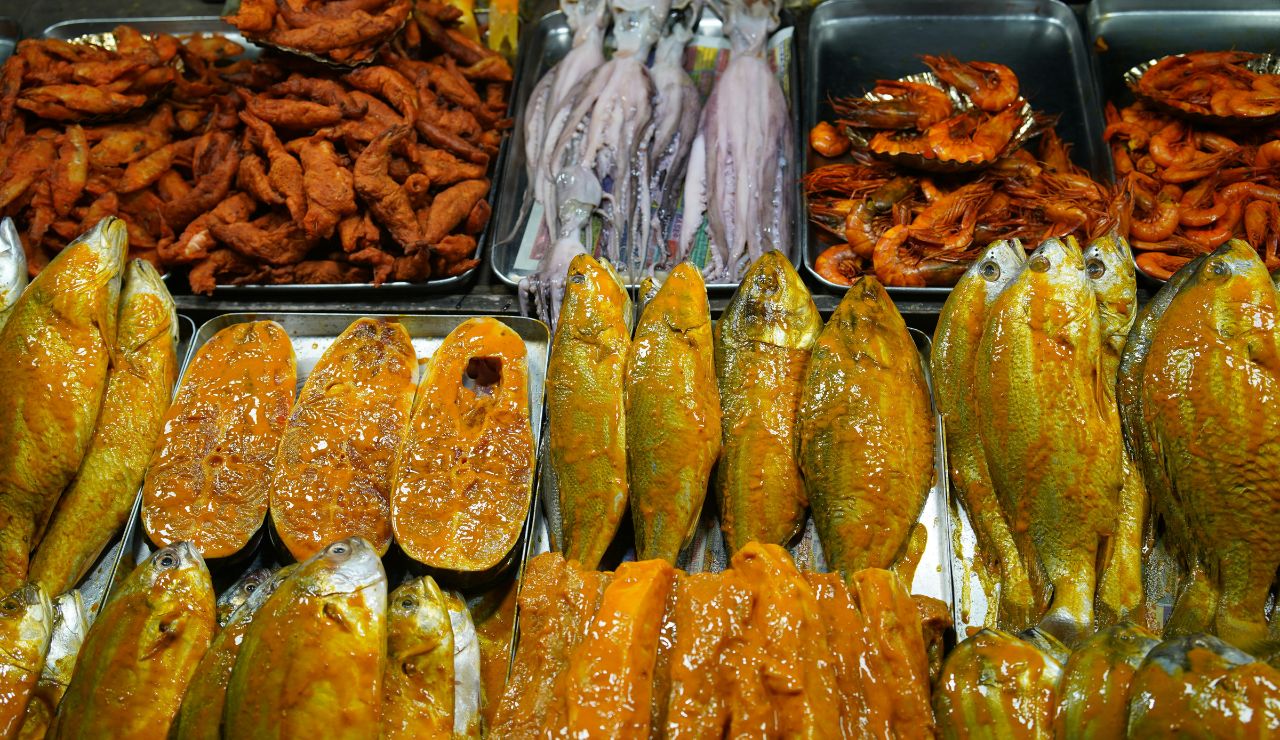
Bangladesh is one of the best-value destinations in Asia, making it ideal for budget-conscious travelers. Street food like fuchka or beef rolls can cost under $2, local buses and rickshaws charge cents, and comfortable guest houses often fall below $20 per night. Even domestic flights, boat rides, and national park visits are surprisingly affordable. Best of all, low prices don’t mean a lack of authenticity, this is a place where your money stretches without compromising culture, flavor, or connection. Whether you stay a week or a month, it’s easy to explore deeply on a modest budget.
8. Hospitality That Feels Like Home
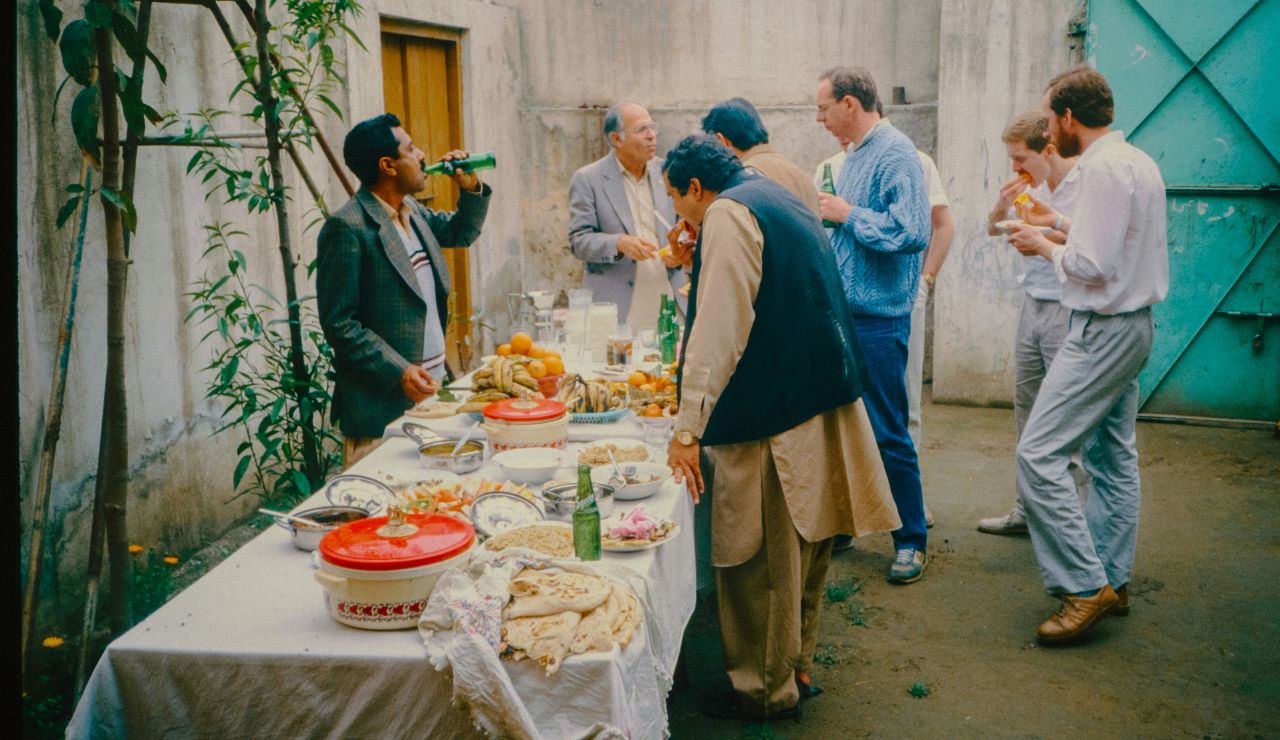
In Bangladesh, hospitality isn’t a performance, it’s a way of life. From bustling cities to quiet villages, strangers will often treat you like family. You may be invited into a home for a meal, handed a cup of tea with no strings attached, or walked across town just so you don’t get lost. Locals take genuine pride in showing kindness to visitors, and even language barriers rarely stand in the way. Whether you’re chatting on a train or browsing a market, you’ll feel the warmth. It’s not flashy, but it’s unforgettable and often the part of your trip that stays with you the longest.
9. Faith and Diversity Live Side by Side
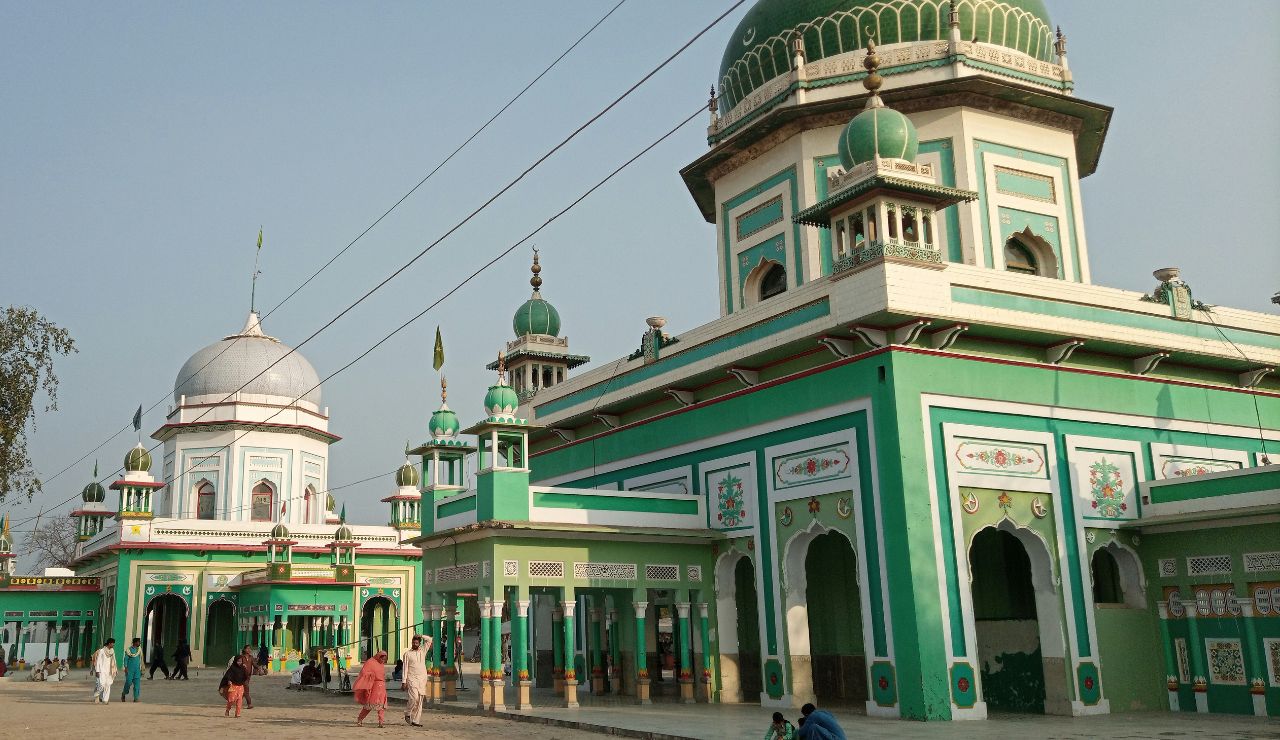
Bangladesh is predominantly Muslim, but its spiritual landscape is far more diverse than many realize. In cities and villages alike, you’ll find mosques, Hindu temples, and Christian churches coexisting often within walking distance. The Chittagong Hill Tracts add Buddhist traditions and Indigenous customs to the cultural mix. While modest clothing is a sign of respect, travelers of all beliefs are typically welcomed with warmth. Faith here is deeply personal but lived with quiet coexistence. It’s a reflection of Bangladesh’s layered history and its everyday harmony.
10. Safer Than Its Reputation
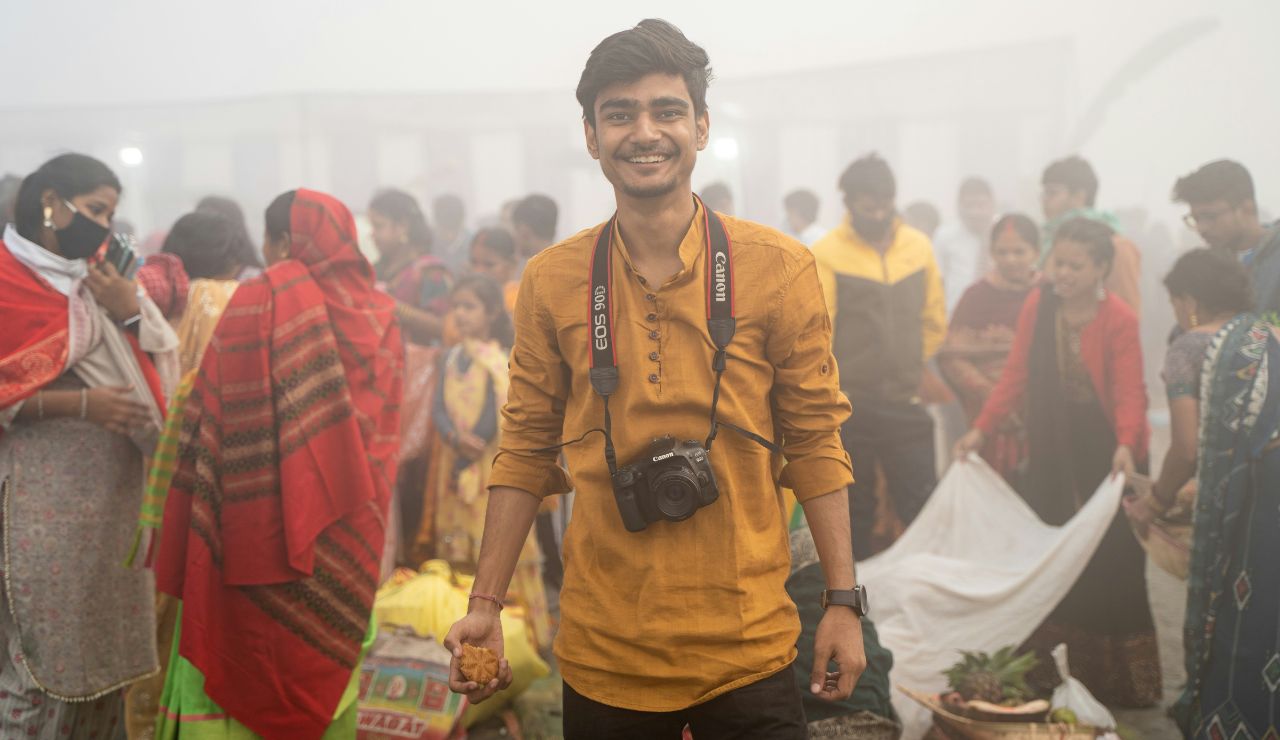
Bangladesh often gets overshadowed by outdated headlines, but the reality for travelers is far more reassuring. Most visitors find the country peaceful, welcoming, and easy to navigate with basic precautions. Violent crime is rare, and locals frequently go out of their way to help whether you’re lost, stuck, or just curious. Like any bustling destination, it’s smart to stay aware in crowded areas, but there’s no need for fear. You’ll likely find yourself surprised not just by how safe it feels, but by how much support and kindness you receive at every turn.